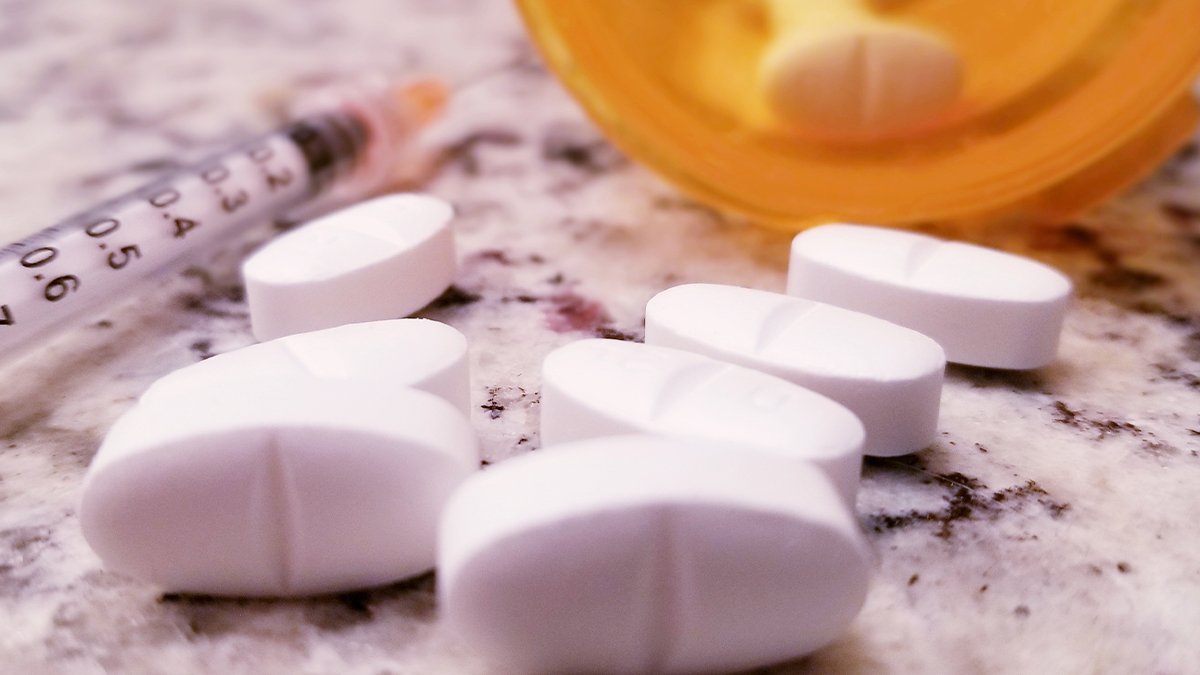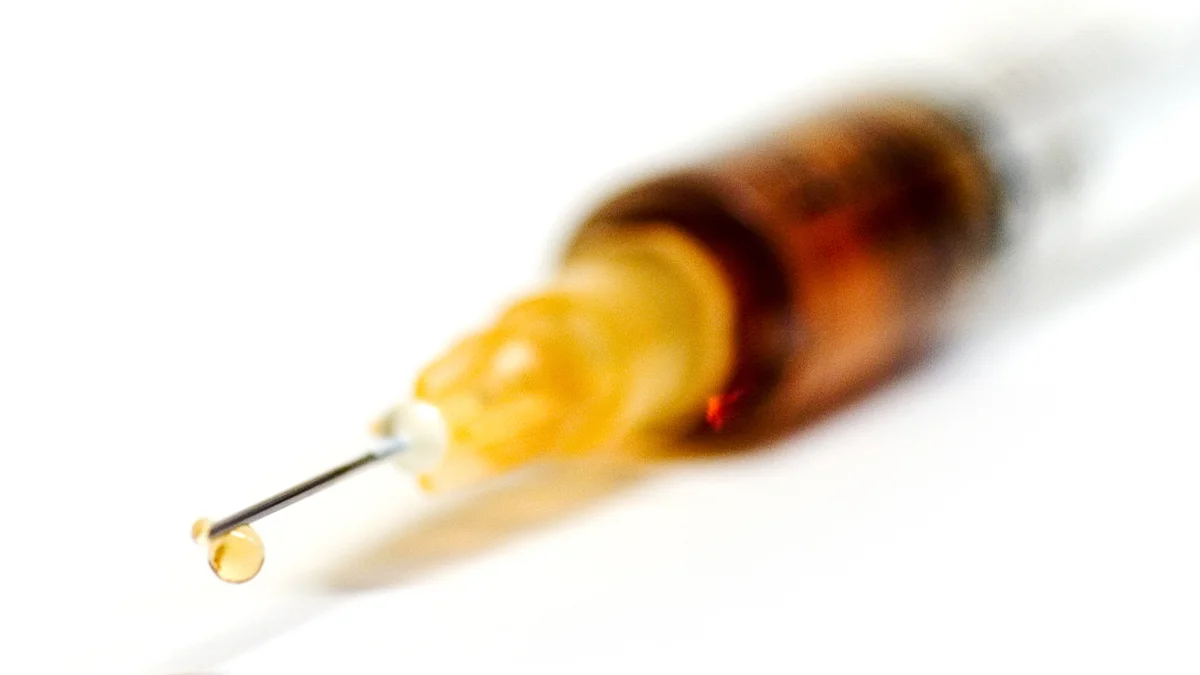
Lyrica With Suboxone: Risks And Safe Practices
The Recovery Team-Newton explores whether taking Lyrica with Suboxone is safe. Explore potential risks and guidelines

Inpatient rehab, also known as residential treatment, takes place in a facility where patients live full-time while participating in structured programming and therapies. This intensive level of care is designed to fully immerse patients in the recovery process.
Inpatient facilities remove all distractions and triggers from an individual’s environment, allowing them to focus completely on overcoming substance abuse issues. Patients benefit from 24/7 medical and emotional support.
Inpatient rehab provides the highest level of care for individuals with moderate to severe addictions. Benefits include:
The inpatient environment facilitates healing of the mind, body, and spirit. Patients can process traumatic experiences, develop coping skills, and build a strong foundation for an addiction-free life.
Comprehensive inpatient programs incorporate evidence-based therapies tailored to each individual’s needs. Treatment usually includes:
The first step at any accredited rehab is detox under 24-hour medical supervision. Medications are used to ease withdrawal symptoms.
One-on-one therapy identifies core issues and establishes customized treatment goals. Sessions employ cognitive behavioral therapy (CBT), dialectical behavior therapy (DBT), and other techniques.
Group sessions build trust and communication skills. Patients bond over shared experiences and gain new perspectives.
Addiction impacts the whole family. Counseling rebuilds relationships, improves communication, and trains families to support recovery.
Many addiction patients also have co-occurring mental health disorders. Quality programs treat substance abuse and conditions like depression and anxiety simultaneously.
Patients learn to recognize personal triggers, develop coping skills, and implement a strong plan to maintain sobriety post-treatment.
Yoga, meditation, art therapy, and other complementary treatments address patients’ mental and spiritual health.
Most patients complete inpatient treatment within 30-90 days, but there is no set timeline. Length of stay depends on:
The treatment team works with each patient to determine the optimal length of stay. Discharge planning starts at admission.
While inpatient treatment is the most intensive option, outpatient programs provide effective treatment for those needing less structure. Outpatient levels of care include:
Seeking help for addiction is the first step toward lasting sobriety. Inpatient rehab provides comprehensive treatment and a supportive environment to overcome substance abuse. Contact a treatment provider today to learn about available inpatient and outpatient programs.
Most items that may be misused or trigger cravings are prohibited. Approved items vary but generally include casual clothes and toiletries.

The Recovery Team-Newton explores whether taking Lyrica with Suboxone is safe. Explore potential risks and guidelines

Learn about Suboxone injection side effects and explore recovery solutions in this guide by The Recovery Team-Newton.